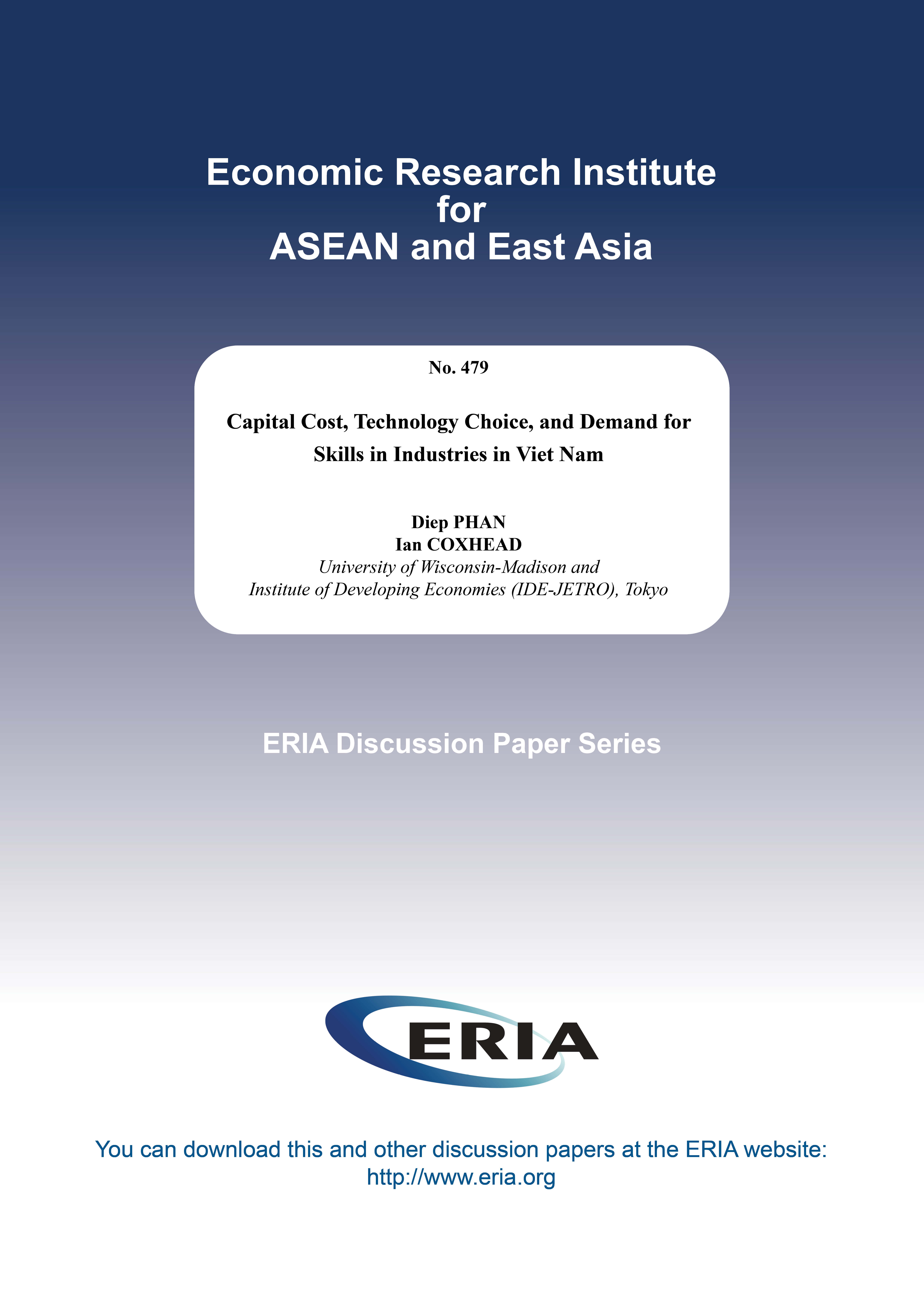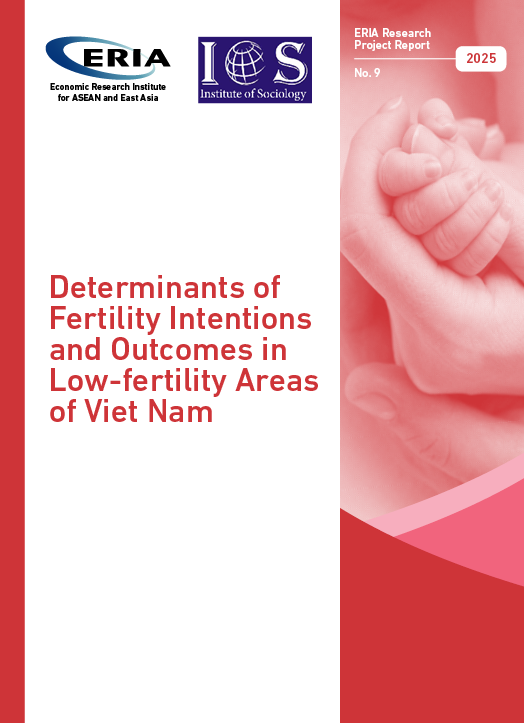Capital Cost, Technology Choice, and Demand for Skills in Industries in Viet Nam

Date:
3 July 2023Type:
Discussion PapersTags:
Viet Nam, labour productivity, Skills Development, Skills LabourPrint Article:
This paper explores the consequences of a policy regime in which state firms enjoy privileged access to capital while private firms are crowded out. Consequently, state firms choose technologies that are capital-intensive and thus demand more skilled labour. Econometric estimates using Viet Nam’s enterprise censuses confirm some of the propositions generated by the model. Relative to private firms, state firms have higher fixed capital stocks but do not have lower variable capital costs; they also employ more skilled labour. Also, as predicted, there is a U-shaped relationship between production scale and skills intensity; many private firms (which are mostly small) are limited to labour-intensive techniques and increase output simply by adding unskilled labour, whereas larger firms are more likely to operate at scales at which it is profitable to employ more skills-intensive and efficient technologies.
Capital Cost, Technology Choice, and Demand for Skills in Industries in Viet Nam




